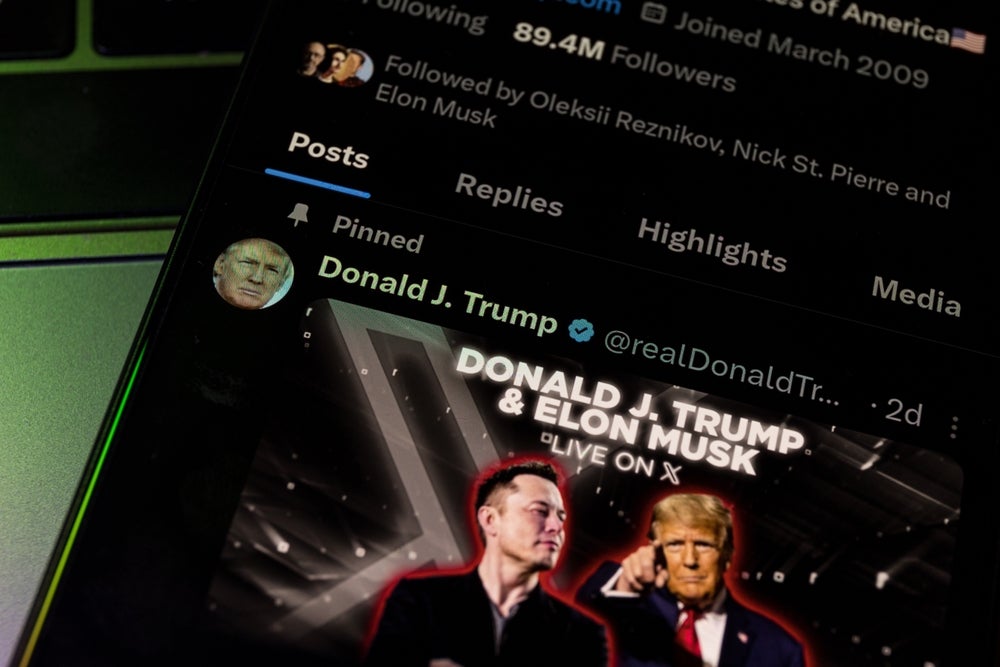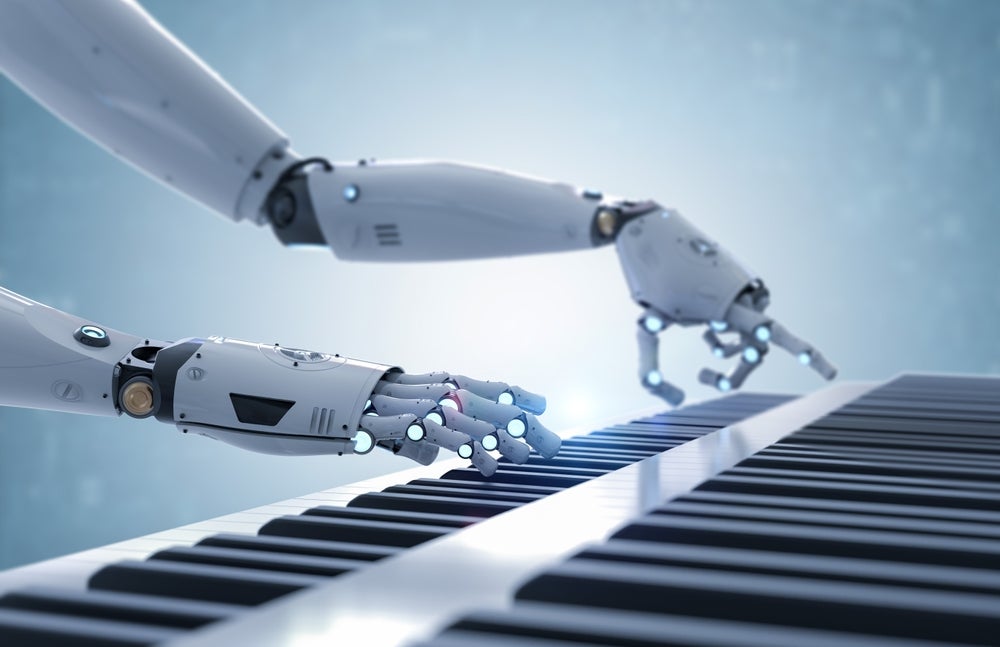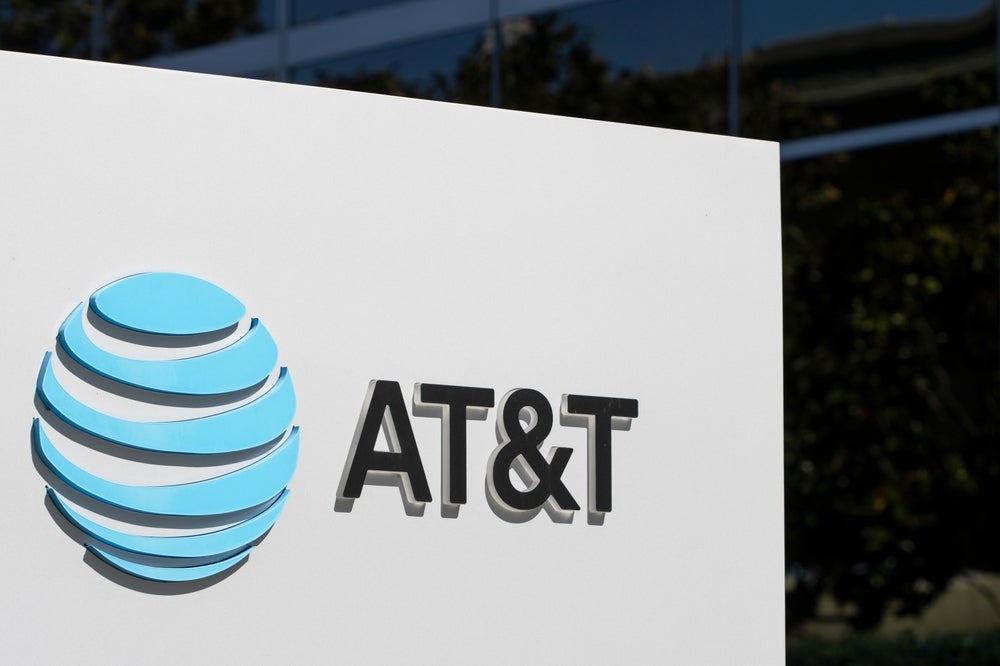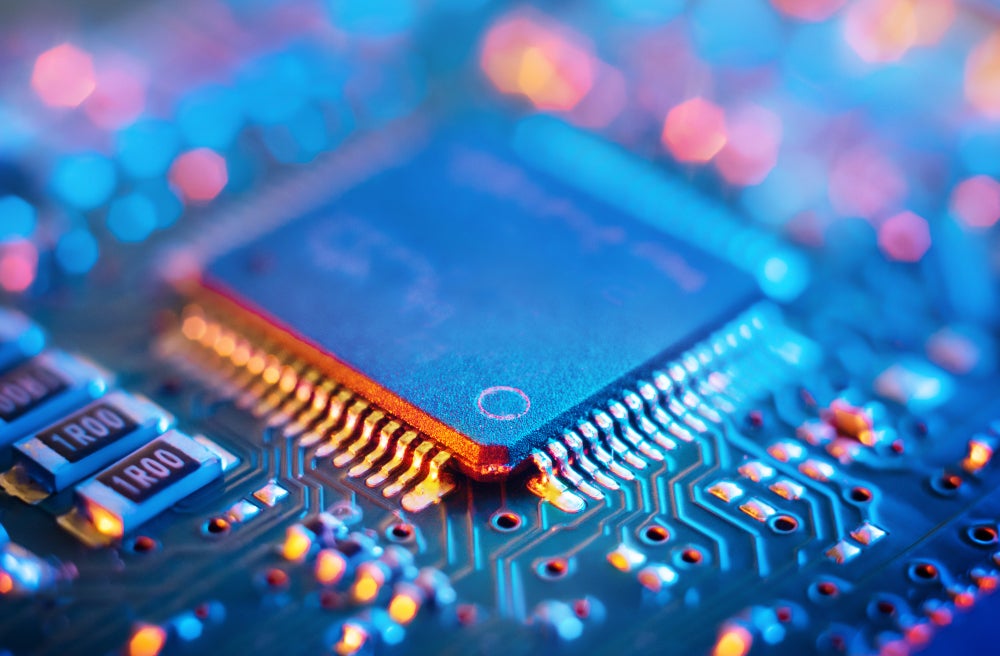Bottomline Technologies has filed a patent for a novel machine learning device and method that generates two machine learning models, one for each polarity (accepting and rejecting). The device includes memory, circuitry, and an input device. The method involves separating historical records into two lists, training the machine learning models, processing input records through the models to form confidence measures, combining the measures, and outputting the combined confidence measure on a display. GlobalData’s report on Bottomline Technologies gives a 360-degree view of the company including its patenting strategy. Buy the report here.
According to GlobalData’s company profile on Bottomline Technologies, Dynamic storage rebalancing was a key innovation area identified from patents. Bottomline Technologies's grant share as of September 2023 was 52%. Grant share is based on the ratio of number of grants to total number of patents.
Opposing polarity machine learning device with historical records
A recently filed patent (Publication Number: US20230274163A1) describes an opposing polarity machine learning device. The device includes circuitry, a communications interface, an input device, a display, and memory. The memory contains historical records of opposing polarities, an input record received from the input device, and machine-readable media with instructions for the circuitry.
The device is designed to separate the historical records into two lists based on polarity, train two machine learning models using a machine learning algorithm, and store these models in memory. It then processes the input record through both machine learning models to form polarity confidence measures. These measures are combined to form a combined confidence measure, which is outputted on the display.
The patent also includes additional claims for the device. These claims include outputting the individual polarity confidence measures, outputting a portion of the input record, inputting an indication of agreement with the combined confidence measure by a user, and using different machine learning algorithms such as random forest or KMeans. The patent also mentions the possibility of distributing the machine learning algorithm across multiple devices and training different models on different devices.
The patent also describes an opposing polarity machine learning method that follows a similar process as the device. It involves separating historical records, training machine learning models, processing input records, combining confidence measures, and outputting the combined confidence measure on a display. The method also includes additional steps such as outputting individual polarity confidence measures, outputting a portion of the input record, inputting user agreement with the combined confidence measure, subtracting the first polarity confidence measure from the second polarity confidence measure, and adding a threshold to the combined confidence measure.
Overall, this patent describes a machine learning device and method that can process historical records of opposing polarities, train machine learning models, and provide a combined confidence measure based on input records. The device and method offer potential applications in various fields where polarity analysis and confidence measurement are important.
To know more about GlobalData’s detailed insights on Bottomline Technologies, buy the report here.
Data Insights
From

The gold standard of business intelligence.
Blending expert knowledge with cutting-edge technology, GlobalData’s unrivalled proprietary data will enable you to decode what’s happening in your market. You can make better informed decisions and gain a future-proof advantage over your competitors.







